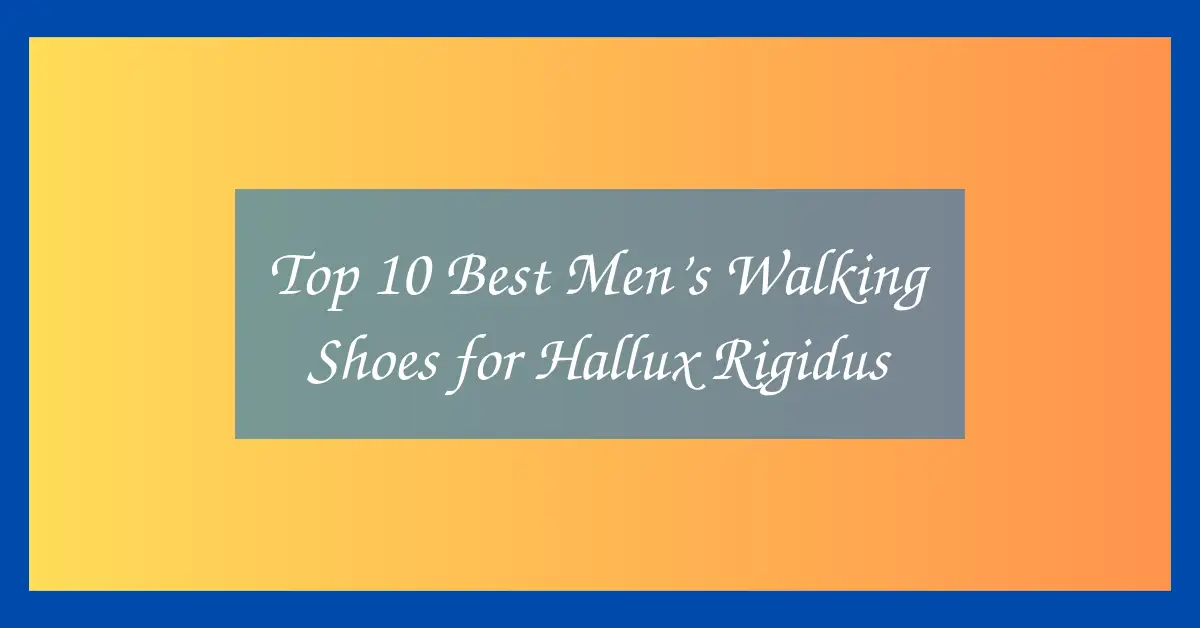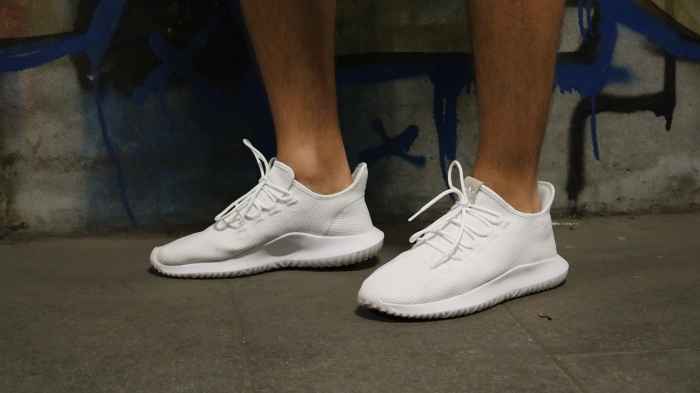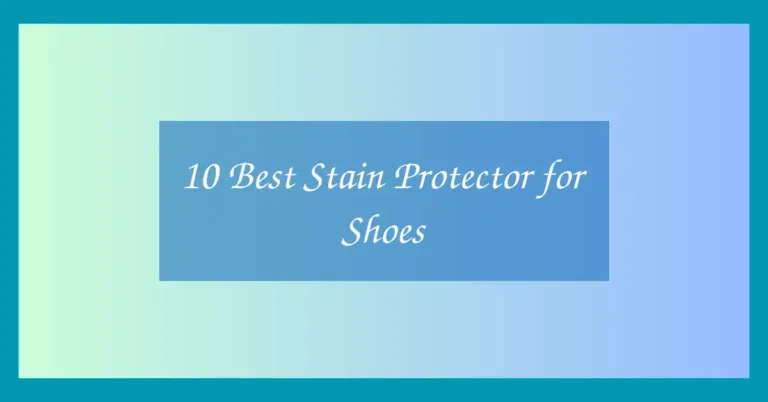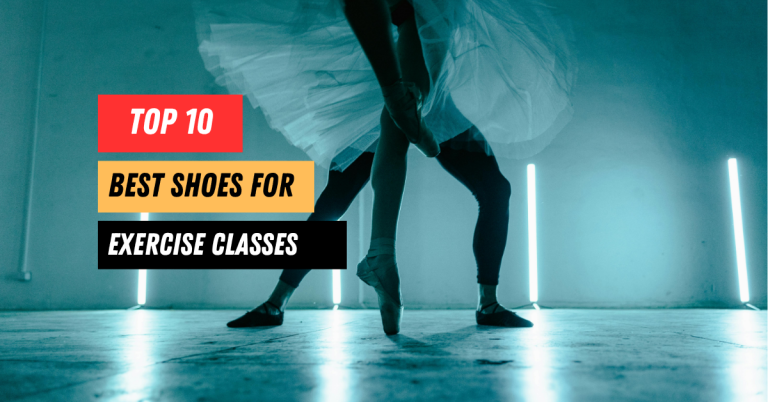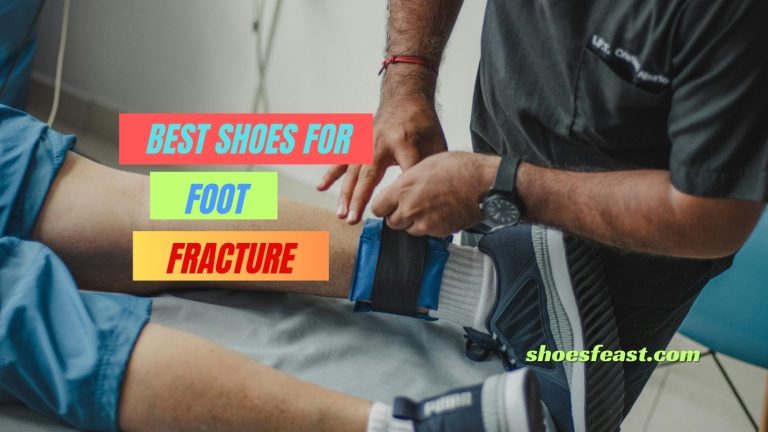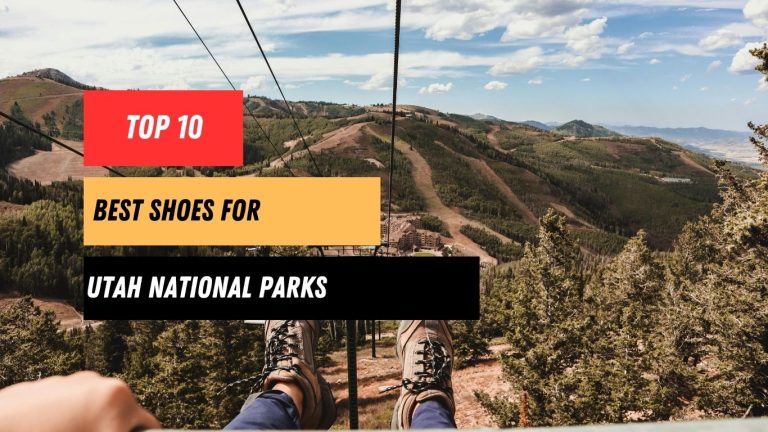Top 10 Best Men’s Walking Shoes for Hallux Rigidus
For men dealing with stiff big toe joints, the right footwear is essential. The condition, known as Hallux Rigidus, can make even simple walks uncomfortable. That’s where the Best Men’s Walking Shoes for Hallux Rigidus come in. These shoes provide targeted support to limit joint movement and absorb shock effectively.
In this guide, we explore top-performing walking shoes designed to ease pain, support your foot’s natural motion, and improve mobility. Whether you need a stiff-soled sneaker or a rocker bottom design, we’ve selected models that address these concerns without sacrificing comfort or style.
Best Men’s Walking Shoes for Hallux Rigidus
1. HOKA One One Bondi 8
The HOKA Bondi 8 is a top pick for anyone suffering from Hallux Rigidus due to its thick midsole and rocker-style bottom. The Meta-Rocker technology helps promote smooth toe-off with minimal big toe involvement. This design can ease the load on the forefoot significantly.
The wide base adds to the stability, and the plush cushioning ensures all-day comfort. The upper features breathable engineered mesh that keeps your feet cool even on long walks. It’s also available in wide widths for those who need extra room.
The heel collar and tongue are padded, reducing pressure on the top of the foot. Overall, it’s one of the most forgiving shoes for forefoot problems and perfect for daily walkers or those who spend hours on their feet.
Many podiatrists recommend the Bondi 8 for both plantar fasciitis and stiff big toe conditions due to its shock absorption and minimal flex in the forefoot.
Pros
- Excellent cushioning
- Meta-Rocker aids toe-off
- Stable and supportive
Cons
- Bulky appearance
- Takes time to break in
2. Brooks Addiction Walker 2
The Brooks Addiction Walker 2 is a motion-control shoe known for its stability and support. For those with Hallux Rigidus, the Extended Progressive Diagonal Rollbar (PDRB) helps reduce stress on the forefoot and toes by guiding the foot through a proper path of motion.
It features a full-grain leather upper, giving it a more formal look compared to athletic sneakers. The BioMoGo DNA cushioning adapts to your stride while reducing impact. The firm sole construction reduces joint flex, making it a reliable choice for those with limited toe mobility.
This shoe is also slip-resistant, which makes it ideal for workplace use where traction is crucial. The cushioning is firm yet protective, and the arch support is well-suited for flat feet or overpronation.
It’s a practical and conservative choice if you’re looking for something you can wear both casually and professionally without aggravating your toe pain.
Pros
- Firm and stable platform
- Leather build suits office wear
- Slip-resistant outsole
Cons
- Heavy feel
- Less breathable
3. New Balance 928v3
The New Balance 928v3 is engineered for motion control and is one of the best shoes for foot conditions like Hallux Rigidus. It features ROLLBAR stability technology, which limits rear-foot movement and contributes to a smoother, less painful stride.
This shoe comes with a rocker-like design and a stiff sole that minimizes toe bending. The cushioning is substantial but not too soft, offering a supportive ride for longer walks or all-day wear. The wide toe box prevents compression on the big toe joint.
The upper is available in both leather and mesh variations, allowing users to choose between breathability and durability. Orthotic compatibility is another strong suit, thanks to its removable insole and spacious midfoot area.
If you want a balanced shoe that combines support, comfort, and a professional appearance, the 928v3 is a worthy contender.
Pros
- Stiff rocker sole reduces toe strain
- Orthotic-friendly design
- Offered in multiple widths
Cons
- Can feel stiff for some users
- Break-in period required
4. Orthofeet Edgewater Stretch Knit
Orthofeet shoes are known for targeting specific foot conditions, and the Edgewater Stretch Knit is tailored for comfort and pain relief. It features a rigid sole to minimize big toe movement, which is critical for Hallux Rigidus sufferers.
The anatomical orthotic insole provides arch support and heel cushioning. The stretch-knit upper conforms to foot shape and eliminates pressure points. This is especially helpful for those with bunions or sensitive joints.
The Edgewater also includes an optional spacer and arch booster, allowing users to customize fit and support. The shoe has a lightweight build, making it ideal for casual use, running errands, or light walking without straining the forefoot.
It’s a functional choice for people who want to avoid stiffness in upper material while still benefiting from a rigid sole underneath.
Pros
- Designed for foot conditions
- Customizable support system
- Pressure-free stretch upper
Cons
- Not suited for heavy-duty walking
- Limited color options
5. Altra Olympus 5
The Altra Olympus 5 offers a zero-drop platform with a max-cushion midsole. While zero-drop shoes are typically flexible, the Olympus 5’s thick EVA midsole and Vibram outsole combine to offer surprising rigidity in the forefoot, which benefits those with Hallux Rigidus.
It has a FootShape toe box that allows natural toe splay, reducing pressure on the big toe joint. The rocker profile and maximal cushioning also help shift weight away from the forefoot and support smoother transitions during walking.
This shoe is ideal for those who want a more natural foot positioning while still benefiting from protective features. Trail walkers and outdoor users will appreciate the grippy outsole and enhanced traction.
While it may take time to adjust to the zero-drop feel, its combination of support and flexibility makes it a unique option worth considering.
Pros
- Foot-shaped design for toe comfort
- Excellent cushioning
- Durable Vibram outsole
Cons
- Zero-drop not for everyone
- Heavier than other Altra models
6. Asics Gel-Nimbus 25
The Asics Gel-Nimbus 25 is a high-cushion daily walker that offers a smooth ride with reduced pressure on the forefoot. The FlyteFoam Blast+ midsole adds softness without compromising on rebound. This combination is ideal for Hallux Rigidus as it limits the need for toe flex.
The rocker geometry helps promote forward momentum, reducing big toe stress during push-off. The upper is made from eco-friendly engineered knit, which is soft, flexible, and breathable. It’s also one of the most stylish options in this segment.
The Gel technology in the rearfoot adds extra shock absorption, and the OrthoLite X-55 sockliner ensures step-in comfort. Though it’s not the stiffest shoe in the list, the cushioning and ride geometry make up for it.
If you prioritize a soft, plush feel while maintaining some rigidity, the Gel-Nimbus 25 is worth considering.
Pros
- Soft and bouncy cushioning
- Rocker sole supports toe-off
- Breathable and flexible upper
Cons
- Less rigid than others
- Pricey for casual users
7. MBT Kabisa 5
MBT (Masai Barefoot Technology) shoes are built on a rocker sole platform that shifts the load from the forefoot to the midfoot. The Kabisa 5 is a dress-casual shoe with MBT’s signature curved sole, ideal for Hallux Rigidus sufferers who need formal footwear without pain.
This design promotes rolling motion while walking, significantly reducing joint flex. It also encourages better posture and muscle engagement. The leather upper gives it a polished look suitable for office settings or formal occasions.
The Kabisa 5 comes with a memory foam insole and padded collar to ensure comfort throughout the day. While it may take time to get used to the unique feel, once adapted, users often report long-term relief from foot pain.
It’s a rare combination of therapeutic sole mechanics with professional style, perfect for anyone seeking pain relief in a dress shoe format.
Pros
- Rocker sole reduces joint stress
- Professional appearance
- Encourages upright posture
Cons
- Requires adjustment period
- Not ideal for fast walking
8. Drew Force Athletic Shoes
The Drew Force is a medical-grade orthopedic walking shoe designed specifically for foot conditions like arthritis, Hallux Rigidus, and diabetes. It features a firm outsole with a rocker bottom that minimizes pressure on the big toe during gait.
The shoe comes with two removable insoles, allowing for orthotic customization. Its wide toe box and deep design offer ample room, making it especially useful for people with joint inflammation or swelling.
The Force also includes a firm heel counter and extended medial support to reduce overpronation. The upper is made of breathable synthetic mesh, reinforced in high-stress zones for durability and stability.
If you’re looking for a podiatrist-recommended shoe that addresses structural issues in the foot while providing all-day comfort, the Drew Force is a solid pick.
Pros
- Orthopedic-grade support
- Custom orthotic-friendly
- Wide and deep design
Cons
- Not widely available
- Appearance is very medical
9. Saucony Echelon 9
The Saucony Echelon 9 provides a neutral platform with a broad base and excellent cushioning. Its PWRRUN midsole offers shock-absorbing support without excess softness. The wide toe box and slight rocker profile aid walkers with Hallux Rigidus by limiting toe flex.
The FORMFIT upper adapts to your foot shape for personalized comfort. The shoe is also orthotic-friendly, allowing users to insert custom insoles. The heel has a secure fit, which helps stabilize motion and reduces toe compensation.
It’s a great option for heavier users or those needing a balance between support and flexibility. The Echelon 9 is also certified for diabetic use, ensuring its place as a reliable choice in the medical footwear space.
This shoe blends clinical support with athletic style, making it versatile enough for daily use or light workouts.
Pros
- Wide base and stable ride
- Rocker aids walking motion
- Orthotic-ready
Cons
- Not as cushioned as others
- Break-in needed for some users
10. Propét Stability X Strap
The Propét Stability X Strap is a supportive walking shoe tailored for foot pain management. With a rigid sole, removable insole, and Velcro straps, it offers stability and ease of use ideal for users who struggle with laces due to mobility issues.
The footbed includes a gel heel pad and cushioning foam, absorbing shock efficiently. The lightweight EVA midsole enhances comfort during long wear, while the durable rubber outsole ensures grip on various surfaces.
It’s also approved for use with custom orthotics. The design prevents unnecessary movement in the forefoot, making it a smart pick for those with Hallux Rigidus. The upper uses breathable mesh with overlays for extra structure and lockdown.
If you’re after a practical, no-fuss shoe that checks all boxes for support, comfort, and ease of wear, the Stability X Strap stands out.
Pros
- Easy Velcro closure
- Rocker-style outsole
- Orthotic-compatible
Cons
- Limited style appeal
- May run slightly wide
| Product Name | Sole Type | Toe Box Width | Orthotic Friendly | Best For |
|---|---|---|---|---|
| HOKA One One Bondi 8 | Rocker Sole | Wide | Yes | Daily walking |
| Brooks Addiction Walker 2 | Firm/Stiff | Standard | Yes | Work & casual |
| New Balance 928v3 | Rocker Sole | Wide | Yes | All-day wear |
| Orthofeet Edgewater | Stiff Sole | Wide | Yes | Light daily use |
| Altra Olympus 5 | Moderate Rocker | Extra Wide | Yes | Trail & outdoor |
| Asics Gel-Nimbus 25 | Soft Rocker | Standard | Limited | Comfort walking |
| MBT Kabisa 5 | Curved Rocker | Standard | No | Office/formal |
| Drew Force | Stiff Sole | Wide | Yes | Medical use |
| Saucony Echelon 9 | Moderate Rocker | Wide | Yes | Heavy users |
| Propét Stability X Strap | Rocker Sole | Wide | Yes | Easy closure needs |
Best Men’s Walking Shoes for Hallux Rigidus Buying Guide
Fit and Toe Box Space
A spacious toe box is crucial for Hallux Rigidus to prevent compression of the big toe joint. Look for shoes that come in wide or extra-wide options. A naturally shaped forefoot allows your toes to spread and minimizes painful pressure.
Sole Rigidity and Rocker Design
The less your big toe needs to bend, the better. Stiff soles and rocker-bottom shoes reduce the need for toe flexion. This design helps roll you forward, easing the load on the toe joint during push-off phases of walking.
Cushioning and Shock Absorption
Plenty of underfoot cushioning helps absorb impact, which reduces irritation to stiff joints. Look for foam midsoles like EVA, PWRRUN, or FlyteFoam that offer softness without too much squish, which could destabilize your step.
Orthotic Compatibility
Many people with Hallux Rigidus use custom orthotics. Choosing a shoe with a removable insole and adequate midfoot space is important. This allows for better arch support, alignment, and pressure distribution without compromising comfort.
Intended Use and Aesthetics
Consider where and how you plan to use the shoes walking, work, trail, or travel. A dressy shoe like MBT Kabisa 5 may suit office use, while Propét or Drew models offer easy-access designs. Pick the one that matches your lifestyle needs best.
FAQ
What kind of shoe is best for Hallux Rigidus?
Shoes with a stiff sole, rocker bottom, and roomy toe box are ideal for Hallux Rigidus. These features reduce toe movement and alleviate joint stress during walking or standing.
Are rocker-bottom shoes good for big toe arthritis?
Yes, rocker-bottom shoes are highly recommended for big toe arthritis. They help propel your foot forward without forcing the big toe to bend, which significantly reduces discomfort and inflammation.
Can I wear running shoes if I have Hallux Rigidus?
Some running shoes with supportive cushioning and minimal flex in the forefoot can work well. Models like HOKA Bondi 8 and Saucony Echelon 9 offer the right balance of cushioning and support for walking and casual wear.
Do I need orthotics for Hallux Rigidus?
While not mandatory, orthotics can provide additional support and relieve pressure from the toe joint. Shoes that allow for custom insoles make it easier to add this layer of pain relief and improve your gait.
How can I reduce pain while walking with Hallux Rigidus?
Choose shoes with a stiff forefoot, rocker sole, and cushioning. Limit high-impact activities and avoid footwear that bends easily at the ball of the foot. Walking on softer surfaces may also help reduce strain.
Is it better to go barefoot or wear shoes for Hallux Rigidus?
Going barefoot is usually not recommended as it puts strain on the big toe joint. Supportive shoes with good arch support and rigid soles are better for pain management and joint protection.
Verdict
Choosing the right shoe can make a big difference in managing Hallux Rigidus. Each model listed offers unique benefits whether it’s the extreme cushioning of the HOKA Bondi 8, the orthopedic features of the Drew Force, or the rocker motion of MBT Kabisa 5. Focus on sole stiffness, toe box width, and overall support to reduce pain and walk more comfortably every day.

